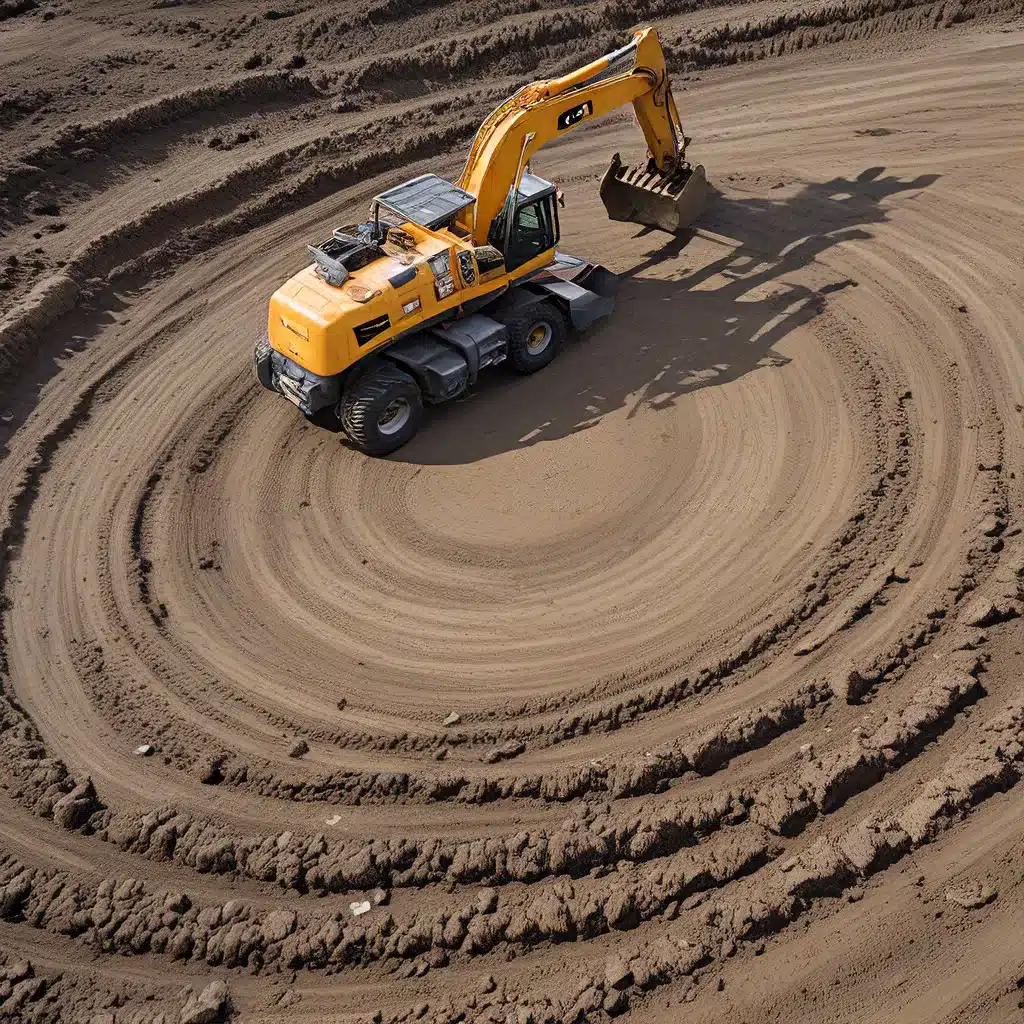
Tackling the Trickiest Terrains: A Circular Approach to Contaminated Site Cleanup
As an environmental enthusiast, I’ve always been fascinated by the intricate dance between human activities and the fragile ecosystems we inhabit. One area that has particularly captured my attention is the challenge of remediating contaminated sites – those scarred landscapes where past industrial practices or reckless waste disposal have left their indelible mark.
Traditionally, the approach to cleaning up these sites has often been linear and resource-intensive, with a focus on removing and disposing of the contaminated materials. But as the clamor for more sustainable solutions grows louder, a new paradigm is emerging – one that embraces the principles of the circular economy.
The Environmental Protection Agency (EPA) has recognized the importance of this shift, outlining a strategic research action plan that emphasizes the need for “sustainable materials management” in environmental remediation. The idea is to move away from the traditional linear “take-make-waste” model and towards a more circular approach that minimizes waste, maximizes resource recovery, and fosters a harmonious coexistence between human activities and the natural world.
Unlocking the Potential of Circularity
So, what does this circular approach to contaminated site remediation look like in practice? It’s a multi-faceted strategy that draws inspiration from the construction industry’s embrace of circularity, as described in this fascinating blog post.
At the heart of this approach is the concept of resource recovery – the idea of extracting valuable materials from contaminated soils, sediments, and wastes, and reintegrating them back into the production cycle. This could involve techniques like soil washing, where contaminants are separated from the soil matrix, or thermal desorption, which uses heat to vaporize and capture organic pollutants.
But the circular economy goes beyond just recycling. It’s about designing for circularity from the very beginning – implementing strategies that make it easier to dismantle, disassemble, and reuse materials at the end of a building’s or product’s life cycle. In the context of contaminated site remediation, this could mean incorporating modular construction techniques that allow for the easy separation and reuse of individual components.
Closing the Loop: Innovative Approaches to Circularity
One of the most exciting aspects of this circular approach is the potential for cross-industry collaboration. Imagine a scenario where the waste materials from one industry are reused as valuable resources in another – a true “cradle-to-cradle” model that minimizes waste and maximizes efficiency.
For example, the EPA’s National Recycling Strategy highlights the potential for using recycled concrete aggregate (RCA) in new construction projects. This not only reduces the demand for virgin materials but also provides a sustainable outlet for the concrete debris generated during the demolition of contaminated structures.
But the circular economy is not just about materials – it’s also about rethinking the entire remediation process. Innovative technologies like in-situ remediation, where contaminants are treated directly within the ground, can minimize the need for energy-intensive excavation and transportation. And by incorporating green infrastructure solutions, like constructed wetlands or bioremediation, we can harness the power of natural ecosystems to aid in the cleanup process.
Overcoming Barriers and Embracing the Circular Future
Of course, embracing the circular economy in contaminated site remediation is not without its challenges. Regulatory frameworks and policies can play a significant role in shaping the adoption of these principles, with varying degrees of stringency and support across different regions.
Additionally, the cost of implementing circular practices, the scalability of emerging technologies, and the technological feasibility of certain approaches can all pose hurdles to widespread adoption. Addressing these concerns will require a collaborative effort between industry leaders, policymakers, and the research community.
But as the urgency of environmental protection and the need for sustainable solutions become increasingly apparent, the benefits of the circular economy are simply too compelling to ignore. By embracing the circular mindset, we can not only clean up our contaminated sites but also build a more resilient and regenerative future – one where waste is no longer a four-letter word, but a valuable resource waiting to be rediscovered.
So, let’s embark on this exciting journey together, exploring the frontiers of sustainable materials management and reimagining the way we approach the trickiest terrains. Who knows what untapped potential we might uncover along the way? The future of contaminated site remediation is circular, and it’s time to embrace it with open arms.


